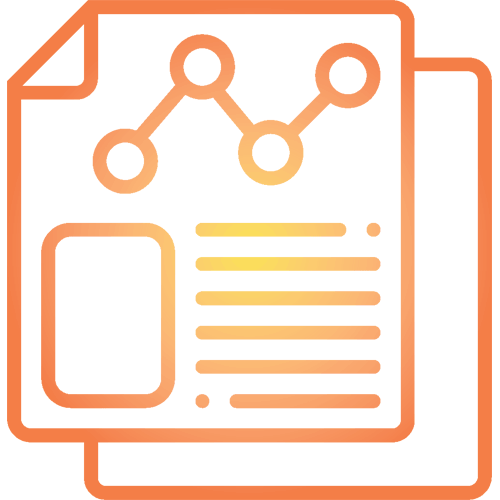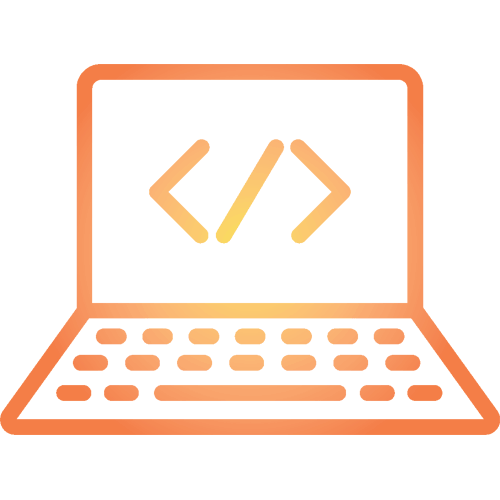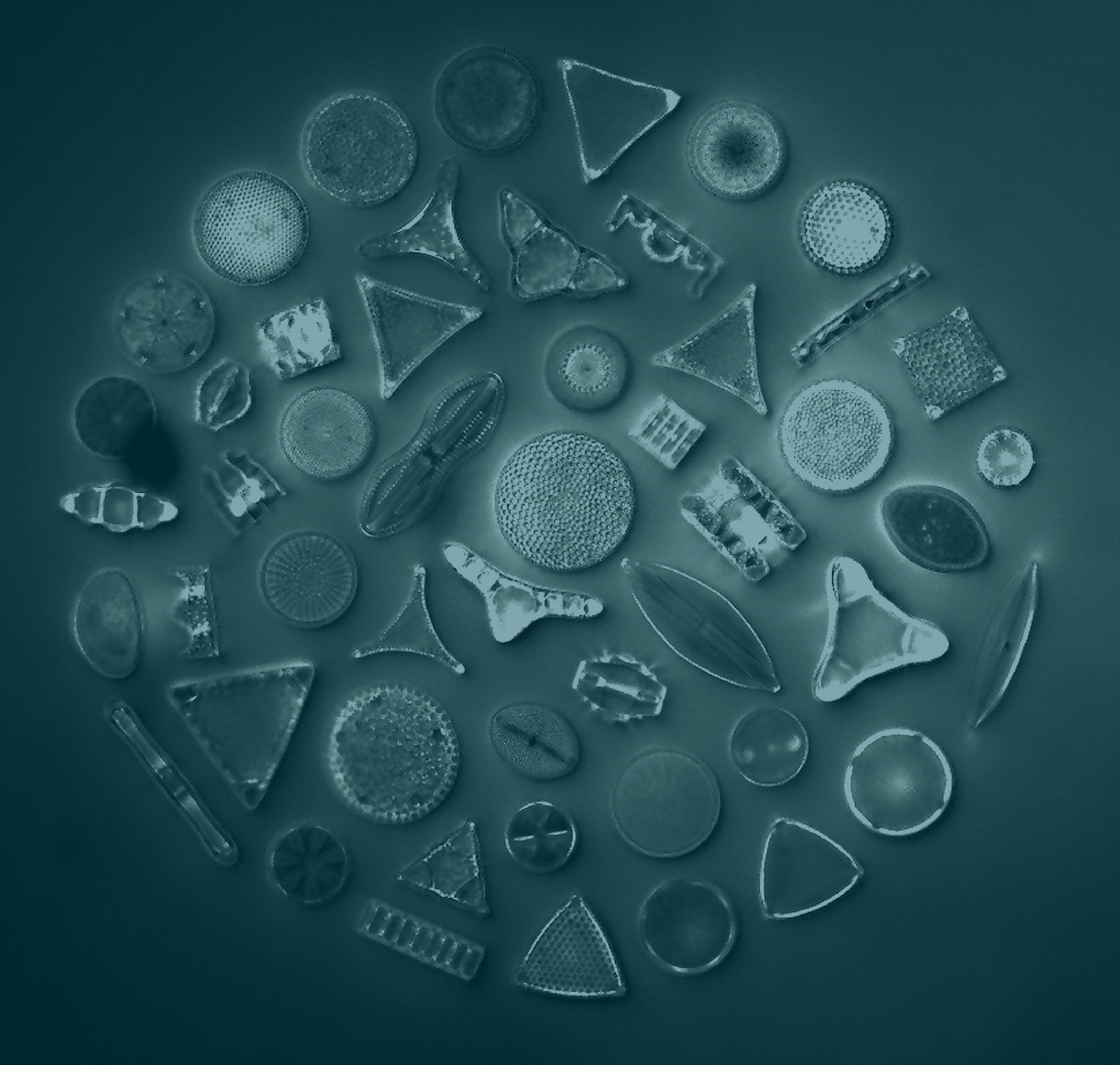
CPAL
Cascadia Paleoseismology Working Group
Working Group
Cascadia Paleoseismology

The Cascadia Paleoseismology Working Group (CPAL) will establish the frequency, timing, coseismic displacement, fault slip rate, and other diagnostic features that reveal details of past earthquake processes and can inform fault rupture models of past and future earthquakes in the Cascadia Subduction Zone. CPAL will build a community of practice that involves direct collaboration between paleoseismologists and modelers (e.g., the DET, CFM, and CSSS Working Groups) with the goal of using paleoseismic data to validate numerical models of subduction zone earthquakes and tsunamis. CPAL will utilize detailed stratigraphic mapping, new methods and models in mapping, and high-resolution microfossil analyses to reconstruct coseismic land-level change and tsunami inundation during past Cascadia subduction zone earthquakes. Moreover, CPAL will promote investigations that examine interactions between the subduction megathrust and crustal faults.
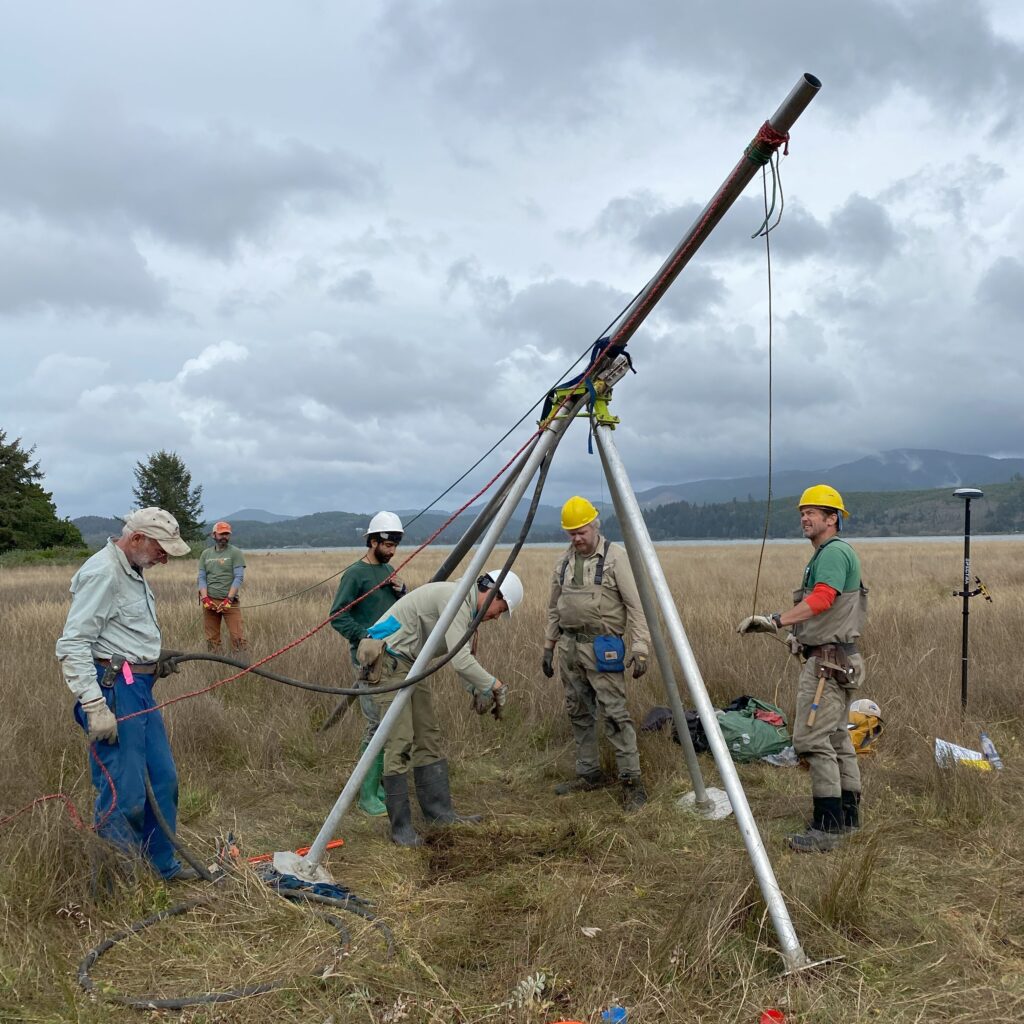
Major Activities
Timeline

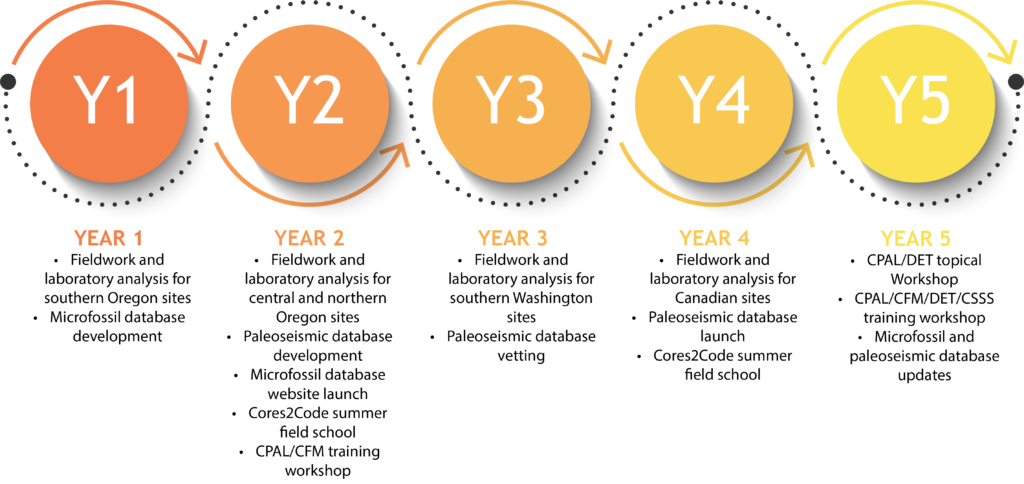
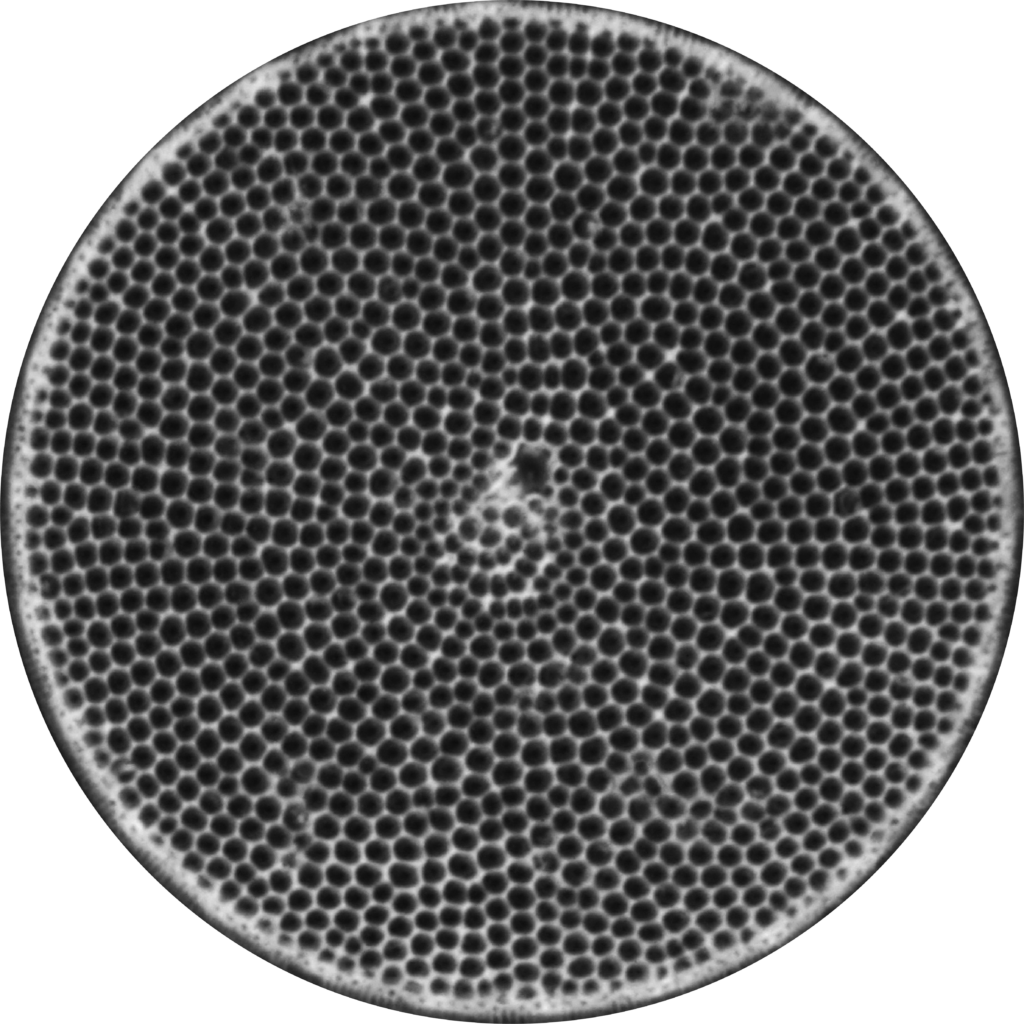
Community Product
Microfossil Database

To encourage more quantitative coastal land-level change studies, the CPAL working group will develop a shared, community-built diatom and foraminifera database that will increase accessibility and standardize microfossil analysis. The interactive database will include high-resolution photos, taxonomic, and ecological information about common coastal microfossils found in Cascadia and provide information on how to apply quantitative techniques, such as transfer functions, to reconstruct elevation changes caused by the earthquake deformation cycle.
Community Product
Paleoseismic Database

The CPAL Working Group will develop an online database of geologic observations that provide evidence for subsidence, shaking, and ground failure from past Cascadia Subduction Zone earthquakes and inundation from associated tsunamis in collaboration with the members of the USGS Powell Center Cascadia Earthquake Hazards group. The database will be in a format desired for CRESCENT science goals – i.e., online, searchable by metadata, user-friendly formats that could be readily used by modelers such as the DET WG working in conjunction with paleoseismologists to perform earthquake and tsunami model validation exercises.
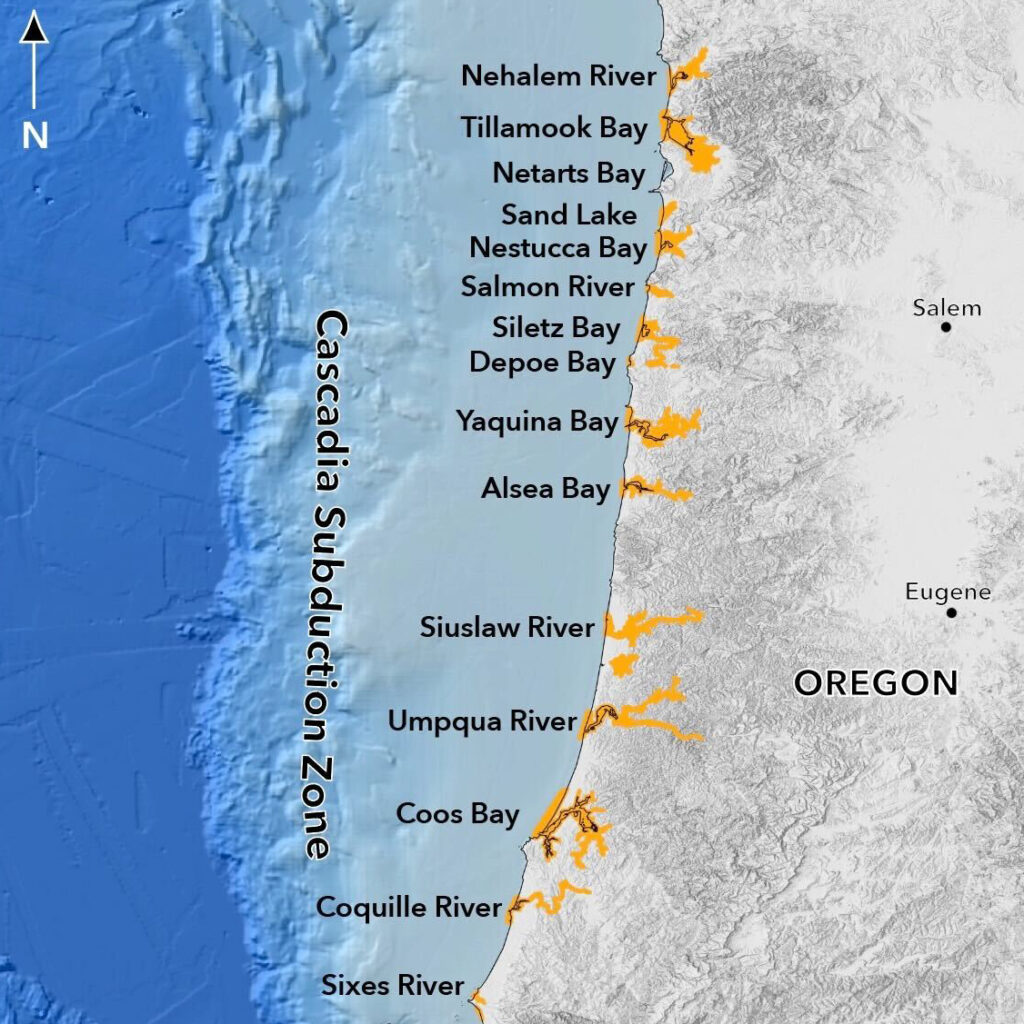
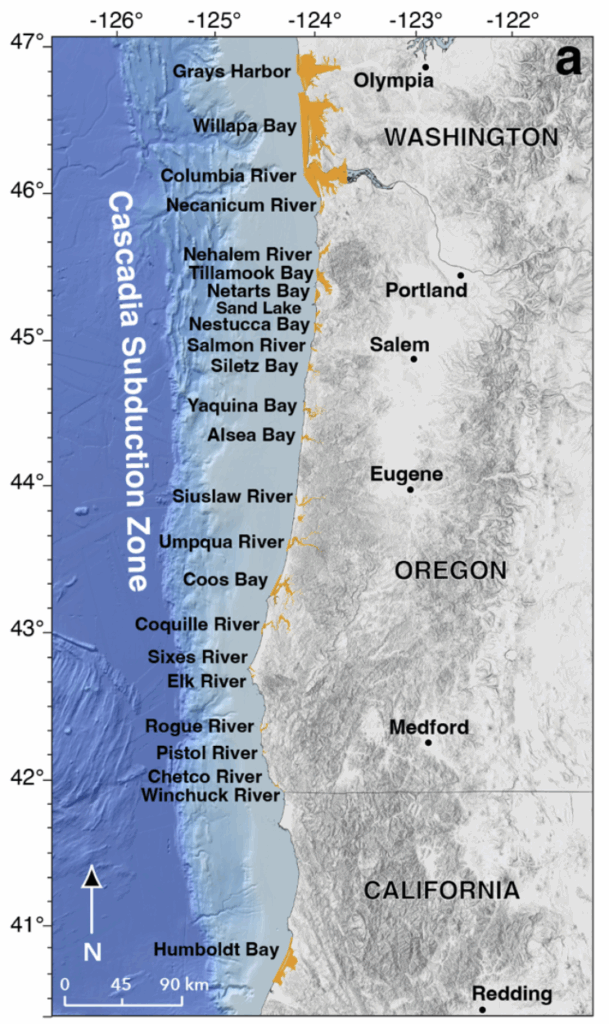
PNAS Publication Highlight
Impacts of earthquake-driven subsidence

Led by Dr. Tina Dura, a team of CPAL Working Group members and collaborators assessed the real-world implications of earthquake-driven subsidence along the Cascadia Subduction Zone (CSZ). By combining geologic records of past earthquakes with numerical models of future subsidence and sea-level rise, the team quantified how flood exposure will evolve under different earthquake and climate scenarios. The work provides a framework for updating flood hazard maps and informing emergency preparedness.
The research was published in the Proceedings of the National Academy of Sciences Vol. 122 | No. 18: Dura et al. (2025): Increased flood exposure in the Pacific Northwest following earthquake-driven subsidence and sea-level rise. Dr. Dura also produced a plain language briefing document highlighting the key research findings, impacts, and considerations for practitioners and policy-makers.
Meet The Team
CPAL Membership

The CPAL leadership team represents a broad spectrum of expertise in Cascadia paleoseismology. This expertise spans investigations of active crustal faulting, coastal tectonic subsidence, extent of tsunami inundation and composite earthquake histories of the Cascadia plate boundary and histories of upper plate faulting. The research tools used to collect and analyze paleoseismic data include excavations, coring, surveying, microfossil identification and employing both transfer function models and radiocarbon age models to refine-lab-derived microfossil observations and age determinations. The leadership team members individually, and collectively, mentor undergraduate students, graduate students and post docs. Paleoseismologists working within the larger CPAL research team will actively interact with the CRESCENT modeling community to ensure that paleoseismic data and tsunami inundation observations are effectively integrated with Cascadia deformation models.
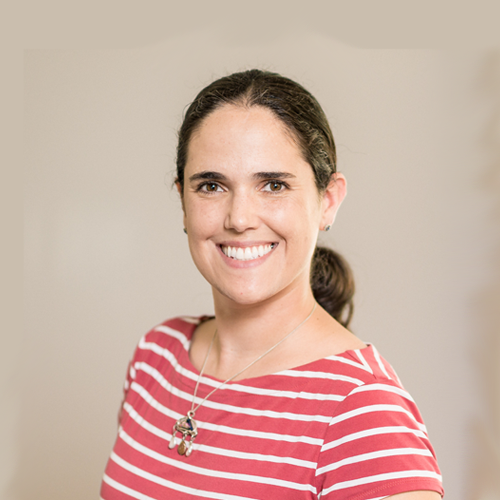
Tina Dura
CPAL Lead
Virginia Tech
tinadura@vt.edu
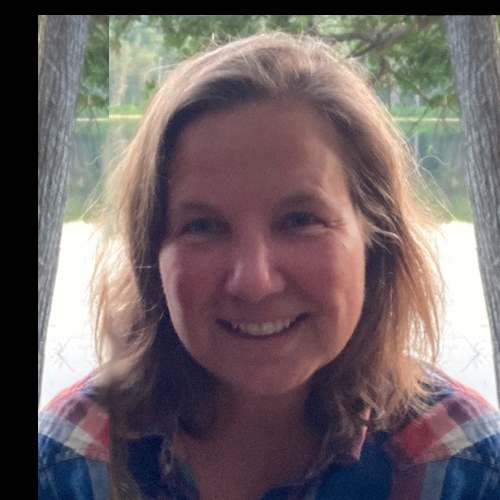
Andrea Hawkes
University of North Carolina Wilmington hawkesa@uncw.edu
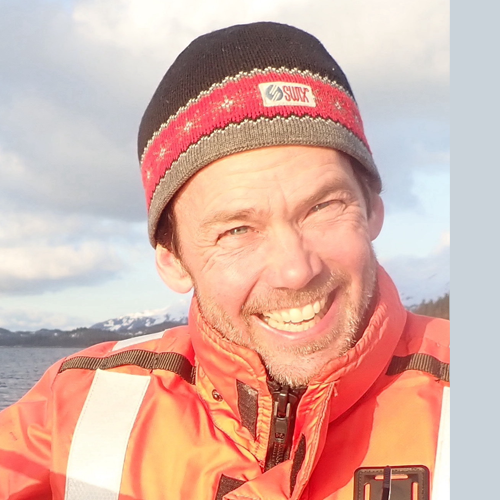
Rob Witter
United States Geological Survey
rwitter@usgs.gov

Lydia Staisch
United States Geological Survey
lstaisch@usgs.gov

Harvey Kelsey
Cal Poly Humboldt harvey.kelsey@humboldt.edu
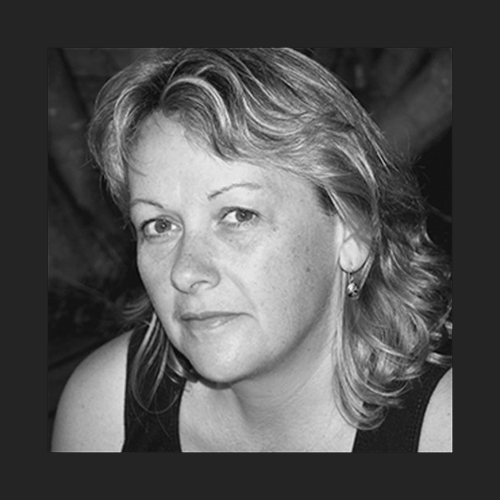
Eileen Hemphill-Haley
Cal Poly Humboldt
eileen.hemphill-haley@humboldt.edu

